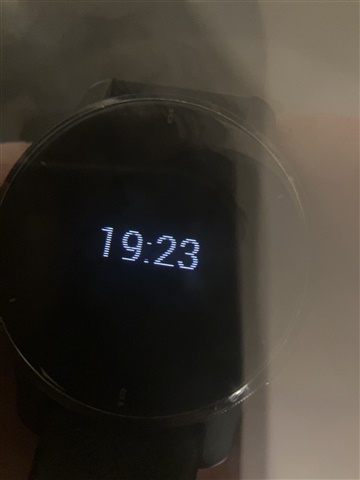A recent announcement said that developers are expected to make their watch faces support always-on mode: "To avoid a poor user experience, it is expected that Connect IQ watch faces for AMOLED devices support always-on mode"
Yet the means for doing this is not straightforward. This very insightful thread is the best resource (from other developers who have figured out workarounds):
Many watch faces have static features on the layout, especially the data rich watch faces with icons or other labels for different data. This makes it tricky to avoid the burn-in prevention.
Since this is an expectation, can Garmin provide some official guidance, best practices, or an SDK function or software feature that can help make it easier for developers to support always-on mode? Thanks


